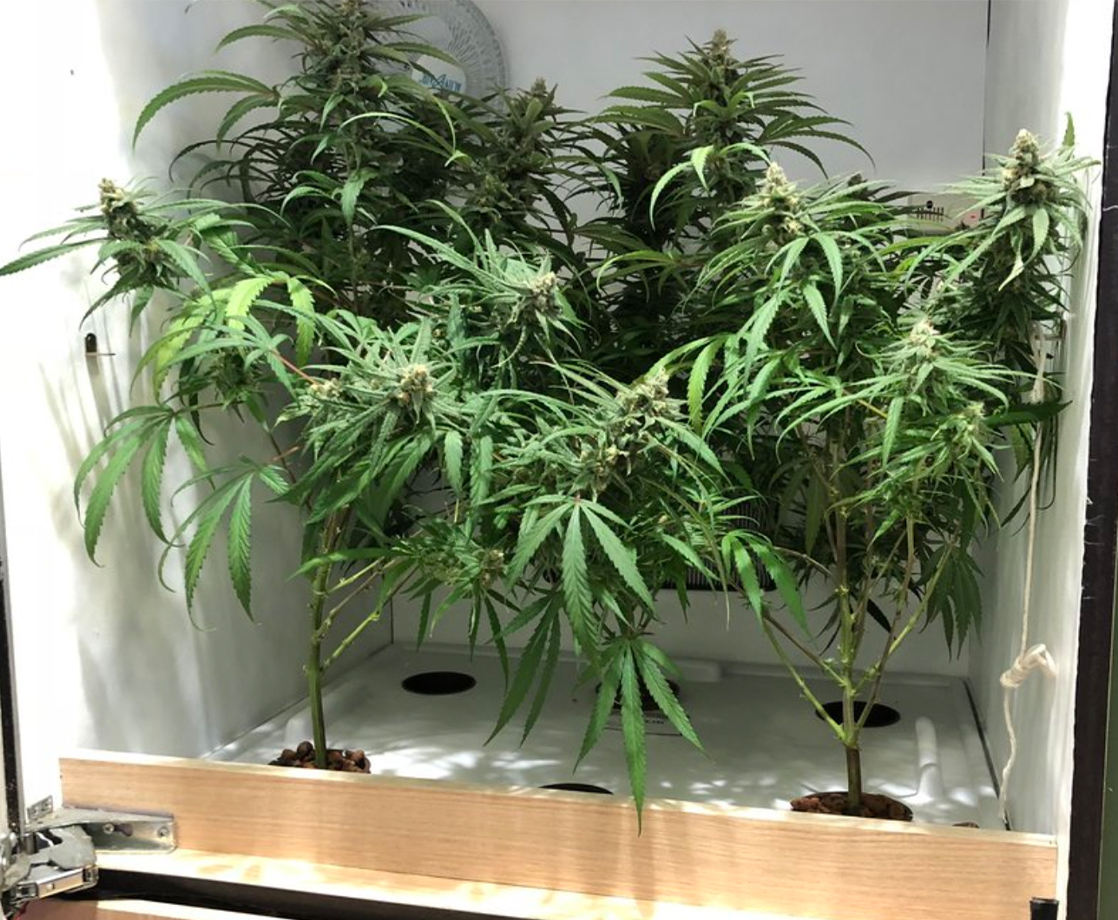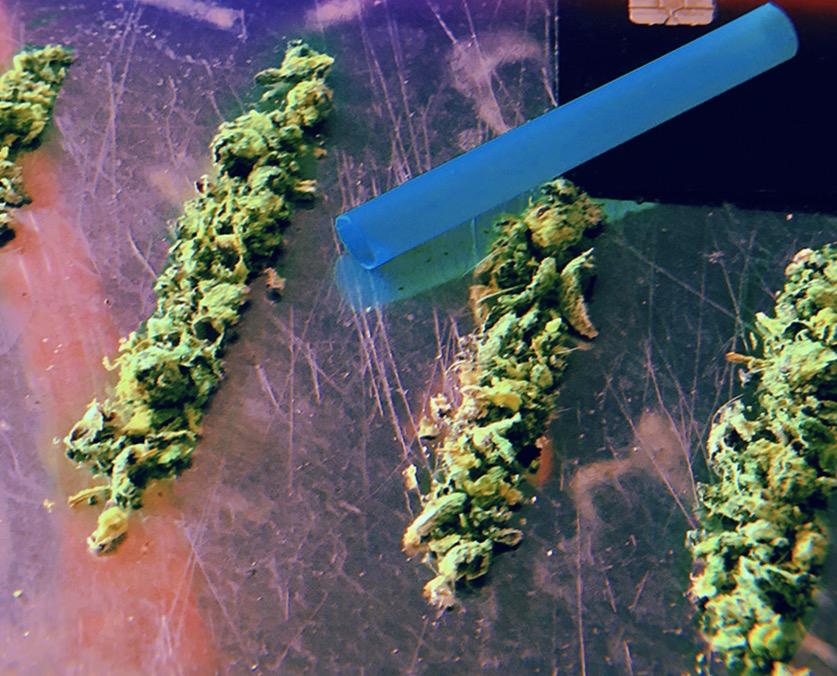If you’ve decided that it’s time to stop spending top-dollar for your stash and want to start growing your own herb instead, the first question to answer is where you’ll put your garden.
Not everyone has access to a suitable and secure plot of outdoor land. That’s why many gardeners will opt to grow their plants indoors, instead. But top-quality cannabis can’t be grown like an ordinary houseplant. The flowering time for most cannabis plants is dependent on a long period of darkness, so you’ll want to give them their own dedicated area. Many home gardeners use an extra room or closet, but if you can’t spare that kind of space, a grow box may be the answer.
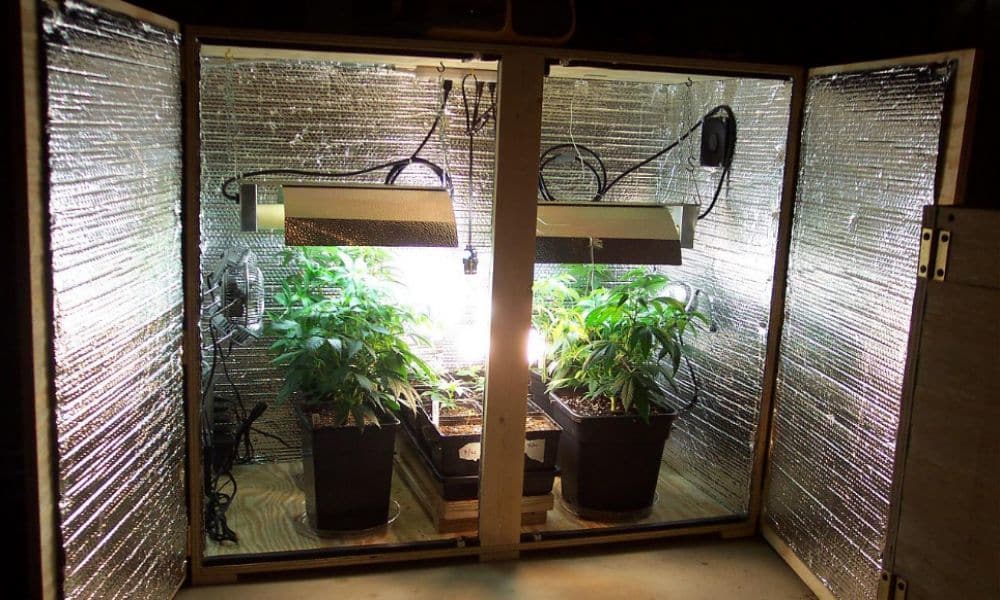
What Is a Grow Box?
A grow box is a small enclosed space that provides an ideal environment for the plants growing inside. It’s similar to a grow tent, which is kind of like a grow box’s less sturdy cousin. A grow box can fit in a cabinet, container, or any similar item or space with an open interior and at least one side that opens for easy access.
A DIY grow box can be custom-built from scratch. But it’s a lot easier to get a build-it-yourself cabinet kit from a general retailer, like Ikea or whatnot. Another possibility is to convert an ordinary item into a grow box that can hide your plants in plain sight. The options are only limited by your imagination — I’ve seen wardrobes, refrigerators, and even steamer trunks inconspicuously conceal a thriving ganja garden.

Building Your Own Grow Box
Once you’ve decided on an area or item to convert into a grow box, you’ll have to make some modifications to ensure your plants have a healthy environment. Cut some ventilation ports in the box to cool the space and so the plants can have fresh air. You’ll also want to make sure there’s an extra, smaller hole to funnel in electrical cords, because you’ll definitely need a light fixture and ventilation fan — both of which need to be plugged in.
Note that the lights and fan should be fastened to the top of the box to ensure that all wires are safely kept away from water. To suspend the lighting and ventilation equipment inside, hooks can be screwed securely into the ceiling of the grow box. Be sure to put a large, shallow tray on the floor of the cabinet so it’s water-safe. For added security and to discourage prying eyes, a lock can be installed on the door, if deemed necessary.
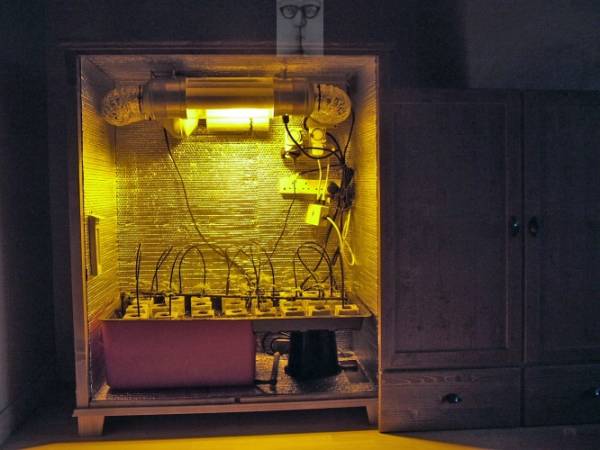
Lighting: The Best Plant Food
Because your grow box will be enclosed, you’ll have to provide enough light for your plants to thrive. LED lights are becoming more efficient, popular, and affordable all the time, and their lower heat output makes them a good choice for the confines of a grow box. Many newer LED lights also let you tailor the light spectrum for vegetative growth and flowering, allowing you to provide the best light for your plants at all stages of life.
Other light sources, including compact fluorescent lights and high-intensity discharge (HID) options such as high-pressure sodium (HPS) and metal halide lamps, can also be used. However, the higher heat output of HID lights, and their need for an external ballast, make these options less practical for a grow box. Whatever lighting you choose, be sure that it is hung securely. Feed the power cord for your light outside the box through the port. Plug the cord into the power source with a timer to give your plants the appropriate light cycle.
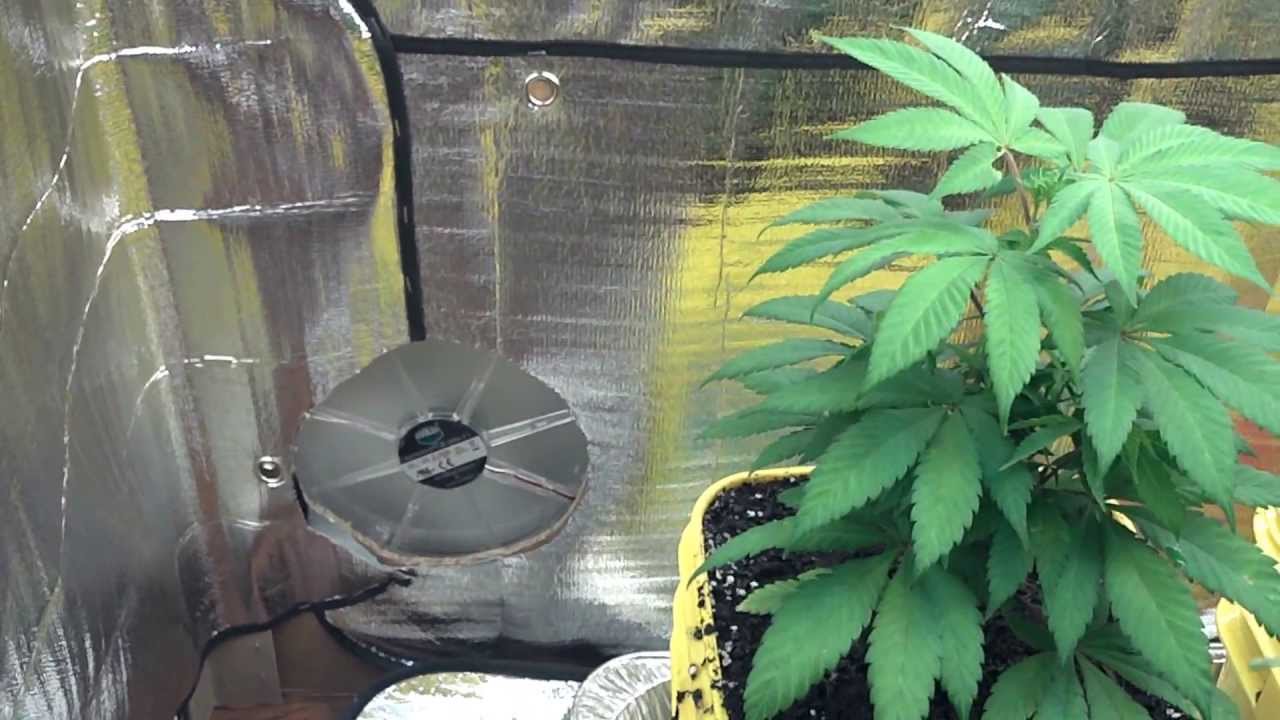
Ventilation: Plants Need to Breathe, Too
To give your plants the fresh air they need for photosynthesis, and to keep the cultivation environment from overheating, you’ll also want to make a ventilation system.
At the top of the cabinet, install a fan to push warm air out of the grow box through a ventilation port. Near the bottom of the box, install another ventilation port, which should be about twice the size of your fan to ensure a good flow of air through the plant canopy and out the exhaust port.
The cord for the fan should also be fed out of the grow box. But instead of connecting it to the timer, plug the fan cord into a separate outlet so the fan provides ventilation at all times — you don’t want it to go off. Also, note that a carbon filter may be attached to the fan for odor control.

Grow for It!
Once you’ve built your grow box, it’s time to put some plants in it! Besides the light and fresh air being provided by the cabinet, you’ll also have to give your plants the water and nutrients they need to flourish and flower. This can be accomplished through appropriate hand watering of conventional or organic fertilizers, or an automated hydroponic system that can be set up at the bottom of the grow box if desired.
If a lack of suitable garden space is the only thing holding you back from growing your own bud, consider trying your hand at cultivation in a grow box. With a little work and ingenuity, you’ll be able to grow healthy and productive plants in any room of the house.


